A Walk Through Seoul, South Korea In The Rain Has Been My Rescue
The idea here is digital movement through physical spaces–to see and witness places like Seoul if only, for now, through a screen.

The idea here is digital movement through physical spaces–to see and witness places like Seoul if only, for now, through a screen.
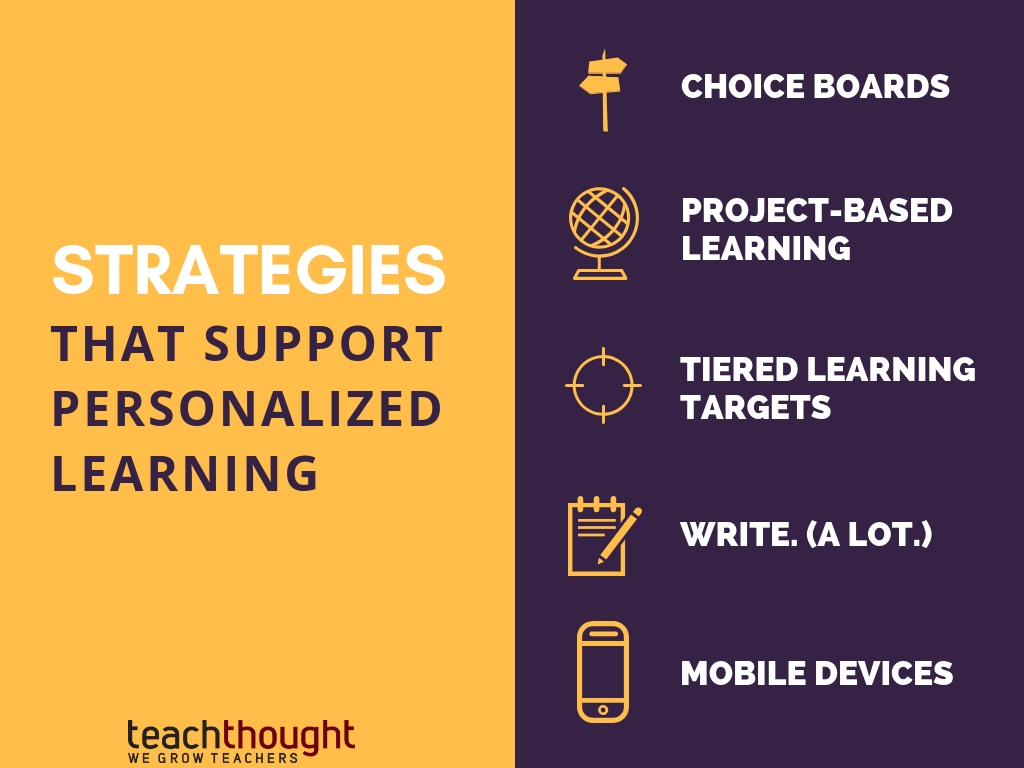
A choice board is a simple personalized learning tool that provides scaffolding, tiering, use of Bloom’s, multiple learning styles, and more.
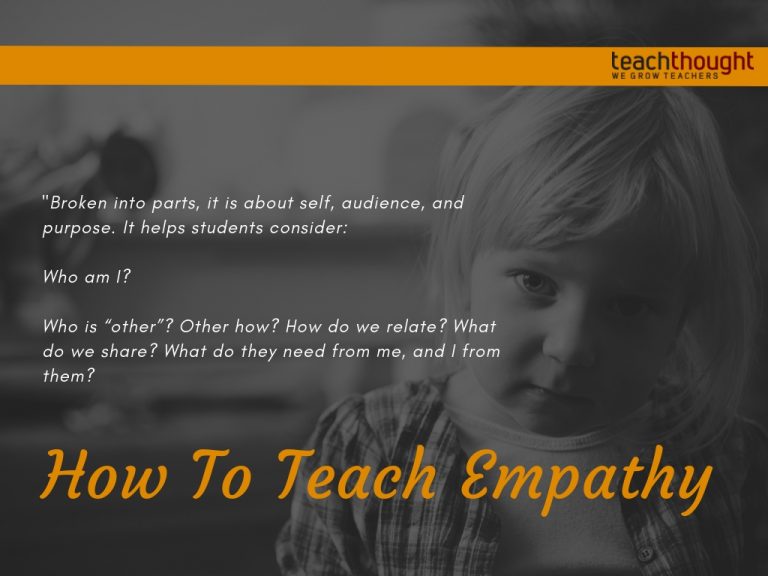
Want to teach students empathy? Start by helping students themselves not, “How am I unique?” but rather “How are we the same?”
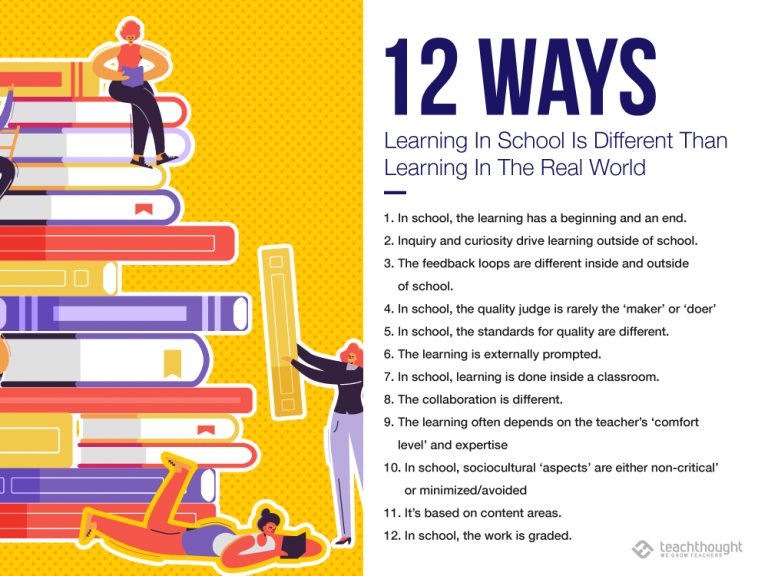
In school, learning is externally prompted by a quality judge, rather than curiosity, genius, or intended application in real-world learning.
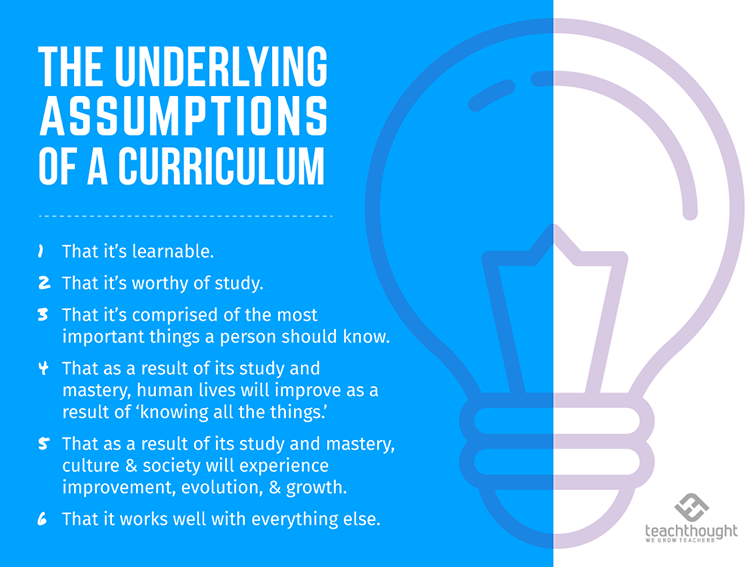
One underlying assumption of a curriculum is that it’s comprised of knowledge and skills that are both knowable and worth knowing.
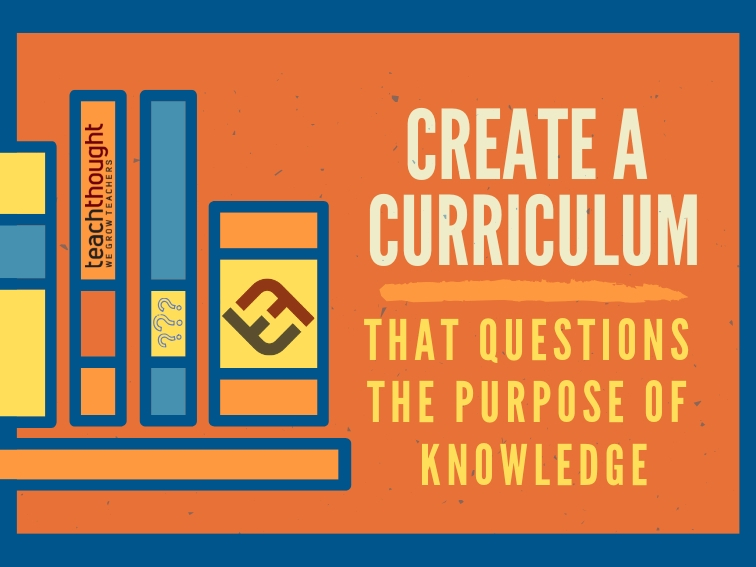
The purpose of curriculum is to provide a mutual language to organize and communicate knowledge–and students inherit its implications.
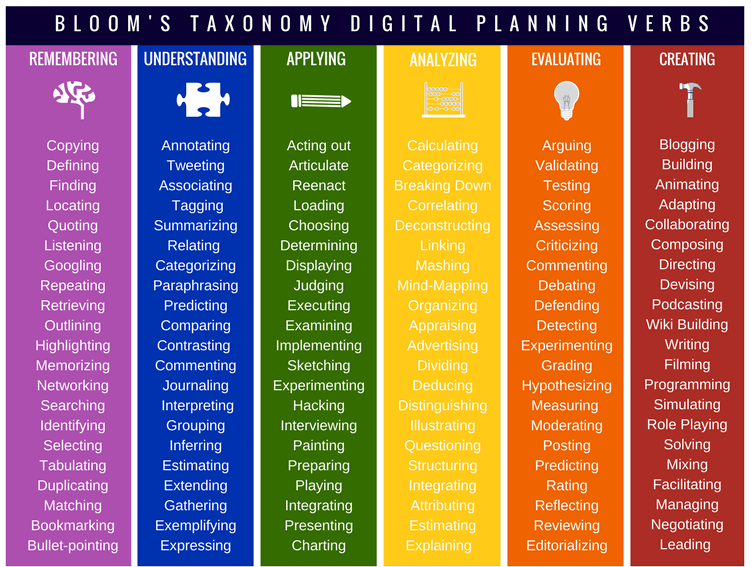
A good question can open minds, shift paradigms, and force the uncomfortable but transformational cognitive dissonance that can help create thinkers.
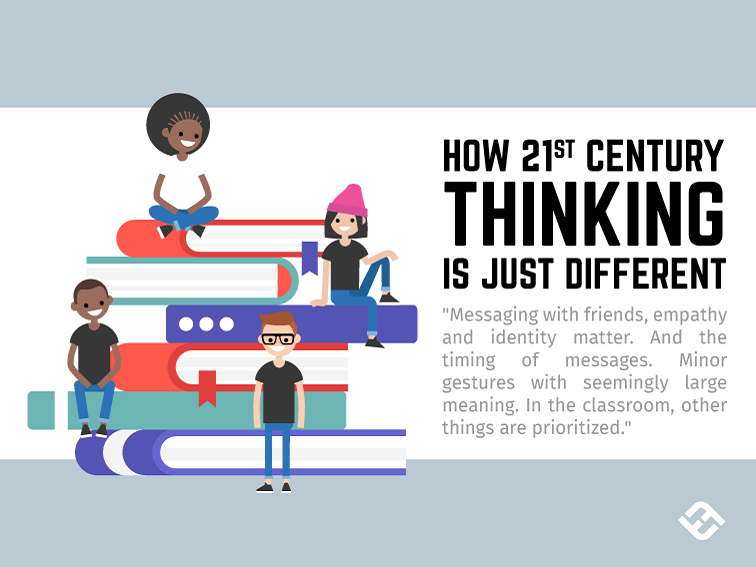
The shift toward a fluid, formless, socialized nature of information, thought, and belief is a not a small one.
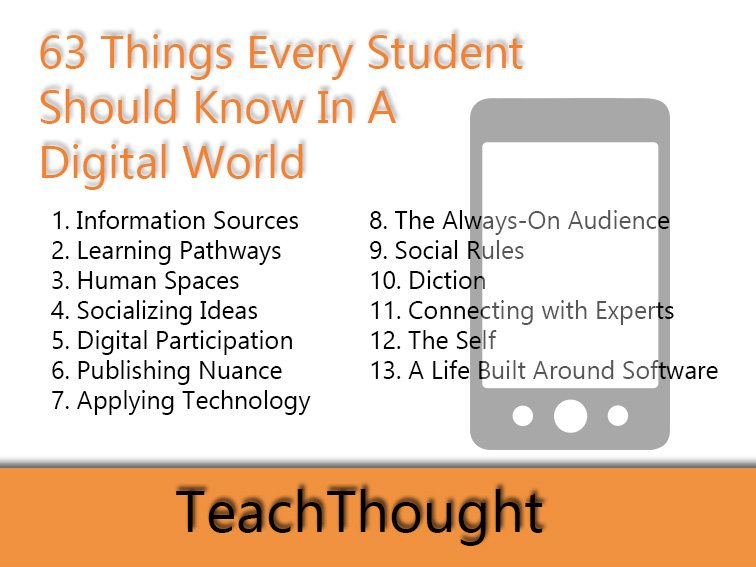
In an increasingly digital world, the things a student needs to know are indeed changing–sometimes drastically.
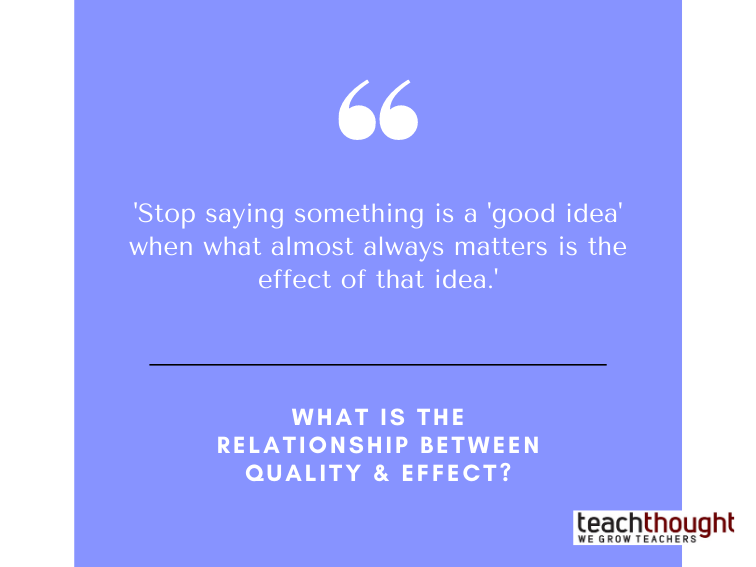
What is the relationship between quality and effect? It’s partly causal but that’s not exactly it. But there is clearly interdependence.
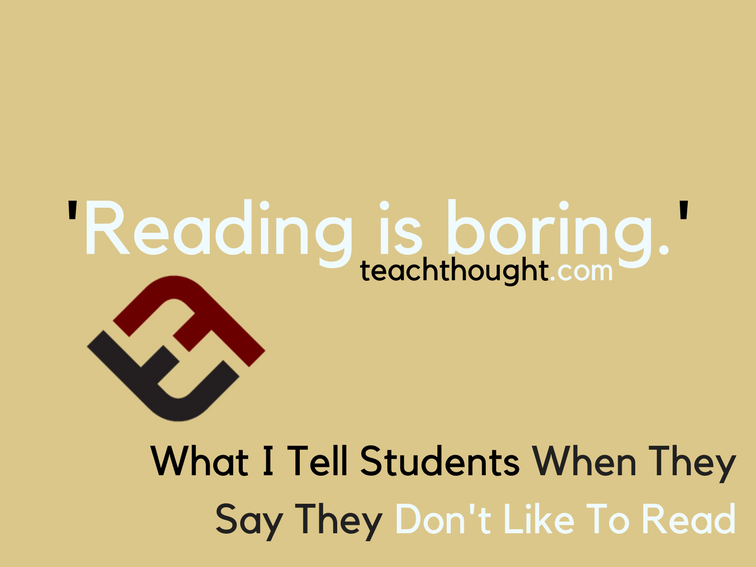
Some readers may think they dislike the process of reading but everyone loves ideas–and reading is a wonderful strategy to find them.
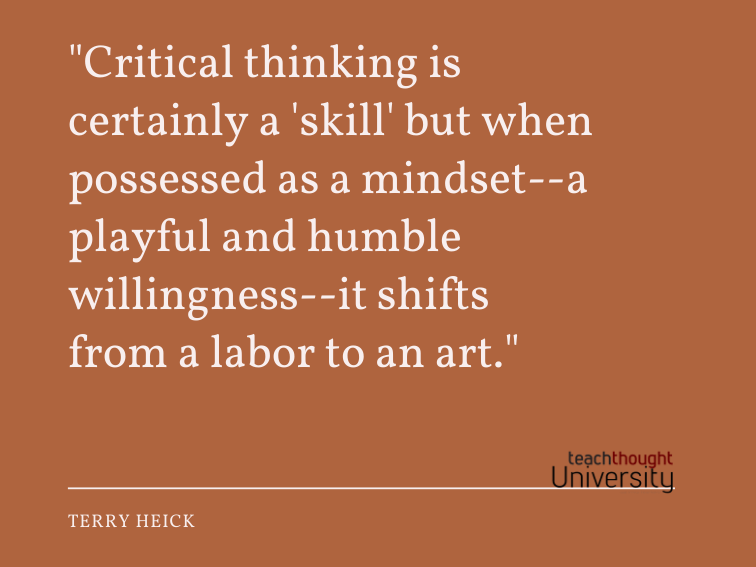
Critical thinking is certainly a ‘skill’ but when possessed as a mindset–a playful and humble willingness–it shifts from a labor to an art.